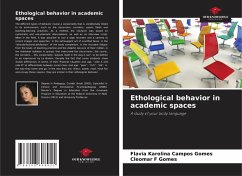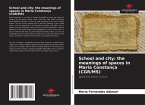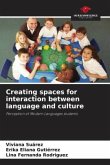The different types of behavior reveal a corporeality that is conditionally linked to its environment, such as the classroom, corridors, sports fields and teaching-learning practices. As a method, the research was based on systematic and unsystematic observations, as well as an interview script. When in the field, it was possible to use a tape recorder and a camera to record images and speeches. In the extravagant act of scarified faces, in the "dissatisfaction/satisfaction" of the body complexion, in the reluctant fatigue from the tasks of teaching practice and the didactic lessons of their métier, in the individual isolation in groups that overcrowd the classrooms, the courts, the corridors... this corporeality "adjusts itself in the way it can", to be faithful to an expression by Le Breton. Despite the fact that some students show visible differences in terms of their financial situation and age, "side A and side B" to differentiate between social class and age: "poor", "rich", "old", in the way they come and go, in the way they are, dress, speak, read, have fun and occupy these spaces, they are similar in their ethological behavior.
Bitte wählen Sie Ihr Anliegen aus.
Rechnungen
Retourenschein anfordern
Bestellstatus
Storno








